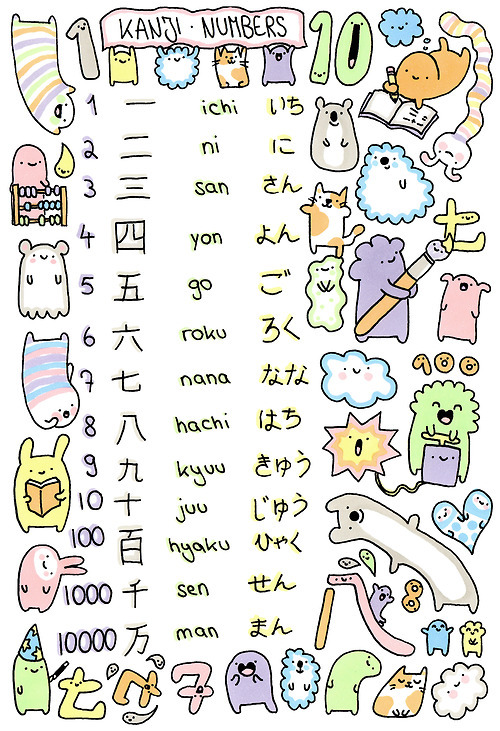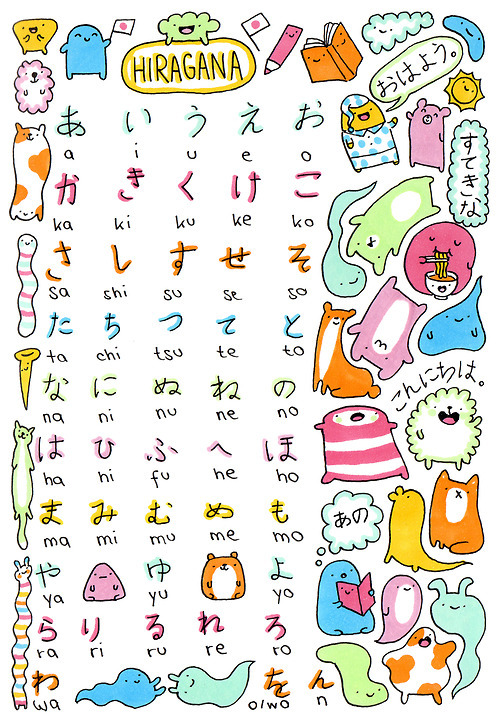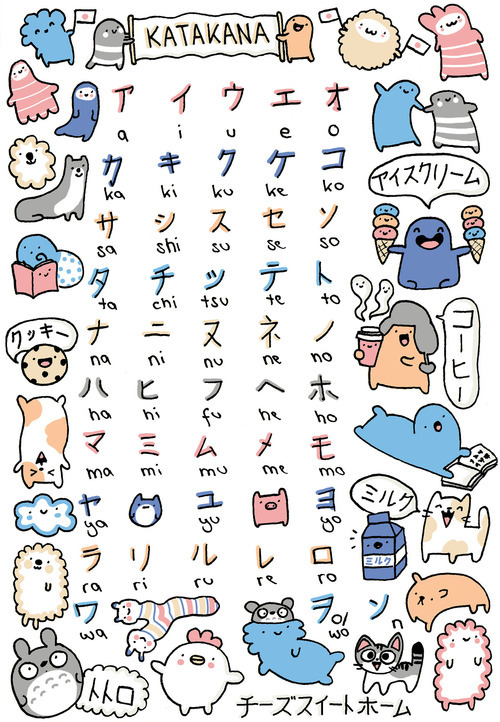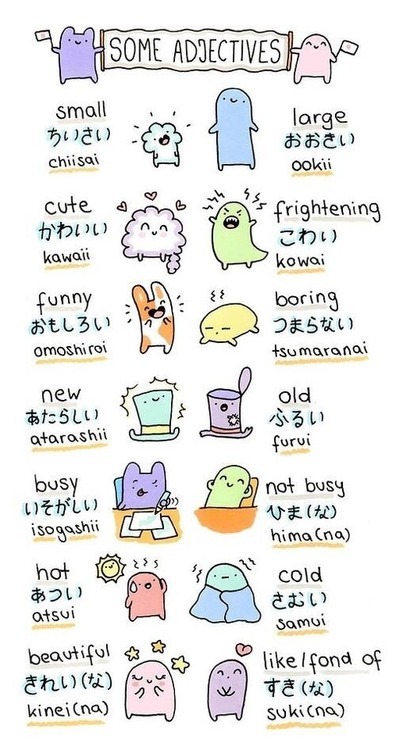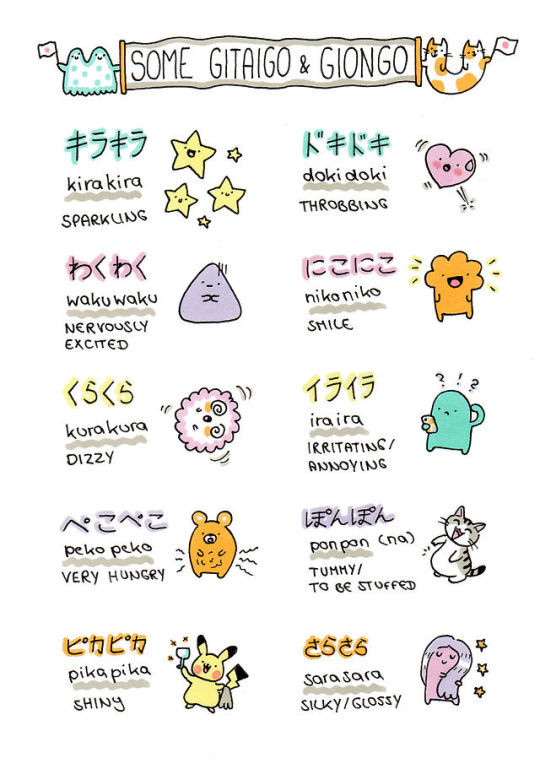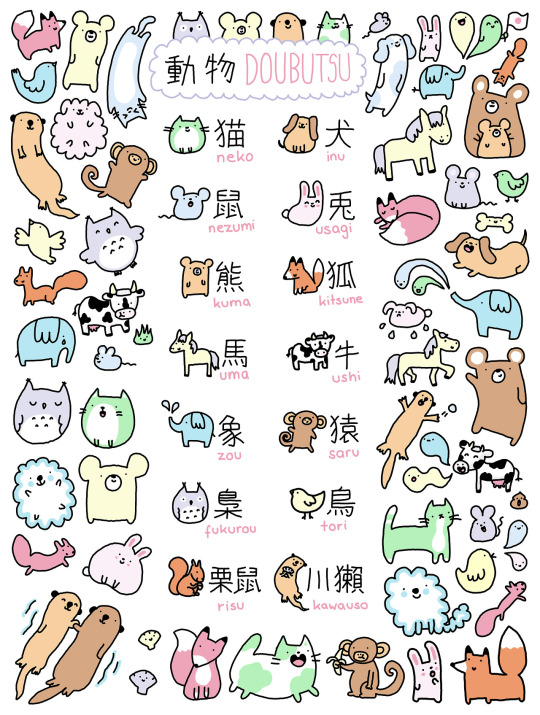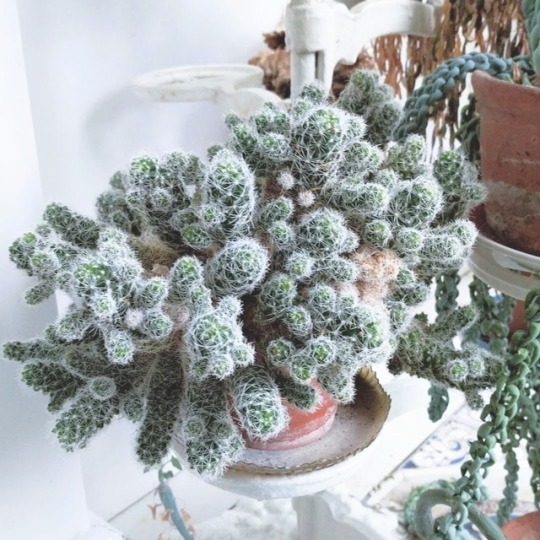Photo

A GUIDE TO JAPANESE PITCH ACCENT
Japanese pitch accent is something so rarely taught in Japanese language classrooms – or textbooks for that matter – that learners from beginner to advanced levels have no idea what it is. Pitch accent is called 高低(こうてい)アクセント in Japanese, and it refers to the high and low pitches placed on Japanese words in order to help distinguish them from other, similar-sounding words.
For example, let’s look at 橋 端 and 箸. All 3 of these kanji are read “はし,” but the difference is that the first はし means bridge, the second means edge, and the third means chopsticks. But how are you supposed to differentiate these words outside of context or reading their kanji?
Pitch accent.
There are a lot of Japanese natives that don’t even understand what 高低アクセント is, but it’s what makes or breaks native- versus foreign-sounding speech. While in context a native will understand that the かえる you mean is 帰る (to return) and not 蛙 (frog), one is pronounced differently, and using 蛙’s pitch accent where 帰る’s would be used is something a native will notice.
DISCLAIMER: This is not a full lesson on pitch accent, but merely an introduction and overview. At the end I’ve listed additional resources to further Japanese pitch accent study, but it’s something that takes time and effort. A single Tumblr guide will not teach you Japanese pitch accent.
TABLE OF CONTENTS 1. Introduction & FAQ 2. Essential Vocabulary 3. Indicating Pitch Accent 4. Golden Rules 5. Examples 6. Additional Resources 7. Conclusion
Keep reading
781 notes
·
View notes
Photo




How to grow baby succulents from only leaves!
Growing new succulents from the ones you already have is super easy- simply twist a few leaves off of the mother plant (or use already fallen leaves), let them dry and callous over for a few days to avoid rot then place on soil. Spritz with water every 3 or so days and you’ll see progress like mine above in around 3 months- be patient!
3K notes
·
View notes
Photo

some japanese homework, going to Tokyo in 2 days!
200 notes
·
View notes
Text
Alternatives for 25 overused words in writing

1. Interesting- note worthy; thought-provoking; fascinating; attracting; appealing; attention-grabbing; captivating; gripping; invigorating; engrossing; engaging; electrifying.
2. Beautiful- striking; stunning; magnificent; lovely; charming; gorgeous; radiant; dazzling.
3. Good- acceptable, wonderful, exceptional; positive; brilliant; first-rate; notable; stellar; favorable; superb; marvellous; prime.
4. Bad- awful; lousy; poor; unacceptable; crummy; dreadful; rough; inferior; substandard; atrocious; appalling; dreadful; defective.
5. Look- glance; fixate; observe; stare; gaze; peer; scan; watch; study; browse; eye; glimpse; review; inspect.
6. Nice- lovely; superior; pleasant; satisfying; delightful; likeable; agreeable; correct; adequate; swell; fair; okay; approved.
7. Very- extremely; exceedingly; exceptionally; immensely; tremendously; abundantly; particularly; remarkably.
8. Fine- satisfactory; worthy; respectable; exquisite; suitable; well; imposing; decent; admirable; praise-worthy; decent.
9. Happy- cheerful; delighted; pleased; content; amused; thrilled; elated; thrilled; ecstatic; on cloud 9.
10. Really- genuinely; truly; honestly; actually; undoubtedly; certainly; remarkably; incredibly; downright; unquestionably; extremely.
11. Sad- miserable; gloomy; devastated; distressed; down at heard; distraught; distressed; dispirited; sorrowful; downcast; feeling blue; desolate.
12. Big- massive; huge; giant; gigantic; enormous; large; colossal; immense; bulky; tremendous; hefty; sizable; extensive; great; substantial.
13. Shocked- taken aback; lost for words; flabbergasted; staggered; outraged; astonished; astounded; stunned; speechless; appalled.
14. Small- tiny; petite; mini; miniature; microscopic; minuscule; compact; pocket-sized; cramped; puny; undersized; limited; meager; modest; minute; pint-sized.
15. Angry- irate; enraged; touchy; cross; resentful; indignant; infuriated; wound-up; worked-up; seething; raging; heated; bitter; bad-tempered; offended; frustrated.
16. Know- understand; comprehend; realize; learn; perceive; recognize; grasp; sense.
17. Change- alter; transform; replace; diversify; adjust; adapt; modify; remodel; vary; evolve; transfigure; redesign; refashion; advance; transition; shift; adjustment.
18. Old- aged; ancient; matured; elderly; senior; veteran; decrepit; seasoned; venerable; past one’s prime; doddering; senile.
19. Think- ponder; reflect; conceive; imagine; contemplate; consider; determine; realize; visualize; guess/assume; conclude; envision.
20. Funny- comical; ludicrous; amusing; droll; entertaining; absurd; hilarious; silly; whimsical; hysterical; joking; witty; facetious; slapstick; side-splitting; knee-slapping.
21. Go- move; proceed; advance; progress; travel; walk; journey; depart; exit; flee; make one’s way; clear out; get underway.
22. Give- grant; donate; hand-out; present; provide; deliver; hand over; offer; award; bestow; supply with; contribute to; send; entrust.
23. Get- acquire; obtain; receive; gain; earn; gather; collect; buy; purchase; attain; score; secure; take possession of; grab.
24. Easy- effortless; simple; clear; smooth; straightforward; uncomplicated; painless; accessible; apparent; basic; plain; child’s play; facile; elementary; cinch.
25. Fast- agile; brisk; rapid; nimble; swift; accelerated; fleeting; high-speed; active; dashing; winged; hurried; turbo.
133K notes
·
View notes
Text
Looking for japanese langblrs
Can you guys please send me basic conversation words and phrases or other helpful sources that I can study !!! I’m trying to memorize a few phrases before I go to Japan
136 notes
·
View notes
Photo



24.02.2018 [20/100 days of productivity] Mm.. finally today I’m proud of my job. I set down and I was productive.
And what would you say me? Do you live near the sea? When was the last time you saw it?
3K notes
·
View notes
Note
How do I get STARTED in learning Japanese? I have no idea where to begin.
Heya, ^^
When you start Japanese, you definitely must start learning the writing systems, which are firstly hiragana and katakana. Once you got these down, you can move onto kanji, which is totally crucial because not everything in Japanese is written in just hiragana and katakana alone–that’d be too confusing. There are many mnemonic resources to help with learning hiragana and katakana such as Dr. Moku’s hiragana and katakana mnemonics apps. There is also the Hiragana Hero app, that helps with proper writing of hiragana and katakana. Also, when you learn kanji, I definitely recommend using some mnemonic tool, whether it’s a book or something you make up to help you remember. It’s best to study kanji by radicals, which are the individual parts that make up a kanji.
Keep reading
2K notes
·
View notes
Photo


30/100 days of productivity · spent my birthday writing up more annotated bibliographies 😪 even though i didn’t do anything special on my bday, i still feel so content and at peace with everything in my life right now.. and that’s more than i ever wanted.
i can’t wait to see what this year has in store for me.
2K notes
·
View notes
Photo


22/01/2018
Just some simple, no-frills revision.
5K notes
·
View notes
Photo

Back with my Korean notes and it’s chapter 9 : 집 (house) 🏡
1K notes
·
View notes
Photo
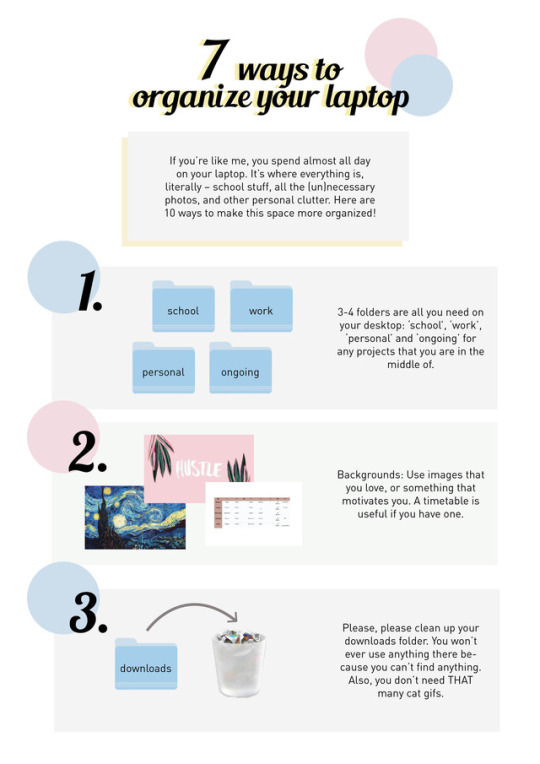
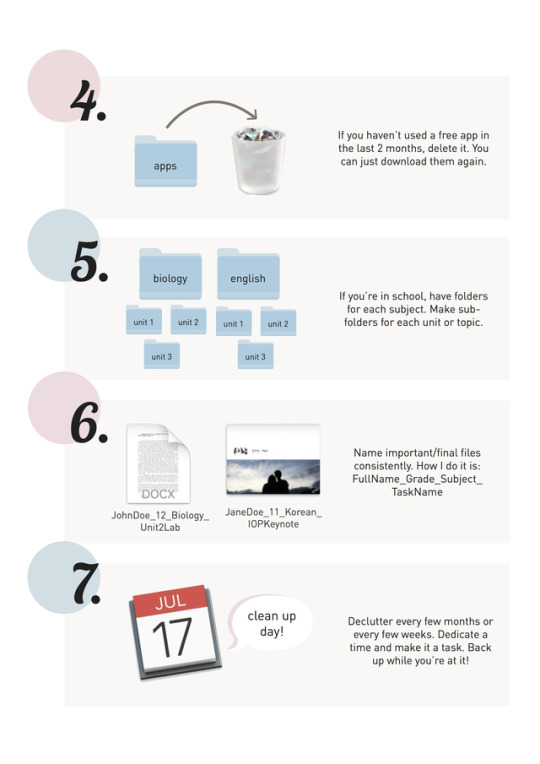
7 Ways to organize your laptop because we can always be a little more organized on our devices (including myself).
18K notes
·
View notes
Photo

Arakurayama Sengen Park, Yamanashi, Japan ~ by capkaieda
13K notes
·
View notes
Text
any japanese langblrs out there?
first japanese lesson today and looking for any japanese studyblrs/langblrs out there to follow :))) like/reblog so I know who you are!!
#japanese#langblr#japanese language#japanese langblr#languages#learn languages#studyblr#learn#study#student#japanese vocabulary#japanese vocab
161 notes
·
View notes
